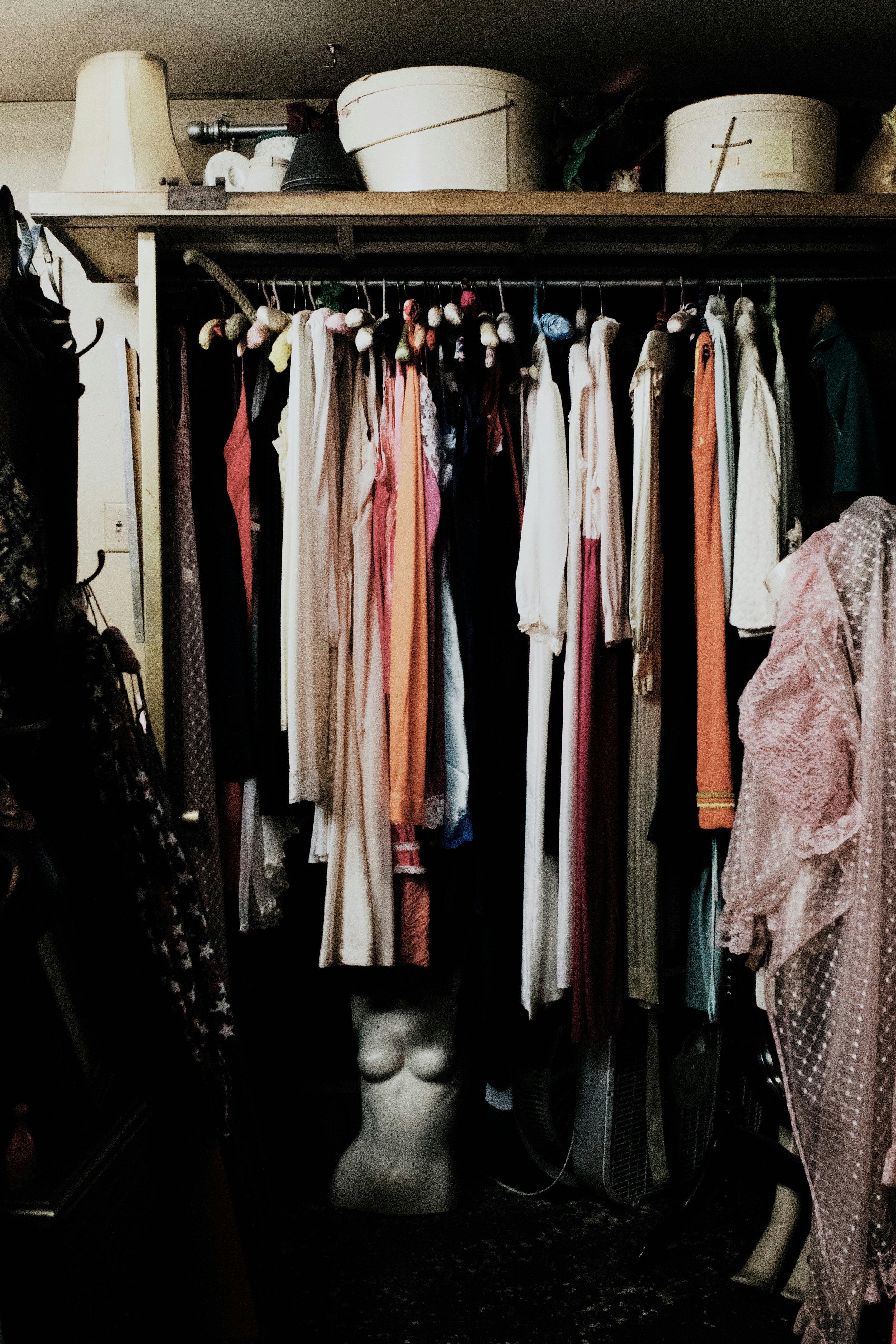having a sustainable wardrobe no.2
the how to guides
Photo credit. Adrienne Leonard Unsplash
the best value for money
It has always been a pillar of my design work, and I have written extensively about getting good value from the clothes that you own. Whether you are contemplating a car or a coat, the very best value for money, the item that has the least affect on the planet, and is by far the most sustainable thing possible, is the thing you already own. Irrespective of all the green claims that you are bombarded with, the car, coat or whatever it is that you already own, is better value for everyone than the new purchase that you are considering.
Now I am obviously not saying you shouldn’t have a new coat, or a new car, or a new something else, but just keep in mind that this acquisition may not come with the eco criteria that you might be hoping for. If something no longer fits with your life and your lifestyle, or is uneconomic to repair, then replacement is a very valid solution. However, in our modern world, most of the things we own are just because we fancy having them.
Value for money from your wardrobe comes from making sure that most of your clothes work hard for you. You don’t need 10 pairs of jeans. Although you may want 10 pairs of jeans (and you may even own 10 pairs of jeans), wanting is a very different concept than needing. We have all got used to having stuff just because we want it. Having a good idea of what you already own by decluttering or just periodically tidying your possessions will pay dividends. While it is very sustainable to keep these jeans, when you are aware of what you have, you are in a much better position to not to be tempted to buy another pair.
the concept of cost-per-wear
Although my interest is in your image, let’s have a quick look around your home to show you how one of my favourite concepts is not just confined to your wardrobe.
Can I introduce you to the humble bread-maker (or coffee machine, or juicer, soda stream, or new-fangled whatever). Although a large number of these items have been sold, many are languishing at the back of cupboards, or in the loft, or in the garage, unloved and unused.
For ease of the arithmetic, if this unwanted item cost £100 and you used it once then it has cost £100 for each use. If this same item has been used 10 times, then the cost per use is £10. If it has been used 100 times, then the cost per use is £1. Can you see how this works?
Now when you expand the idea a bit further, say you are considering buying a jumper for £100. If you wear it often for several years, say 100 times, then the cost per wear is £1. But perhaps you think that although this jumper is beautiful, you can’t spend that much on just a jumper? You therefore buy something similar which isn’t as nice but is ok. This jumper is £10 so a real bargain. However, when you get it home, you find that it doesn’t fit well, and the colour makes you look ill. It also goes horribly bobbly after just two wears, so it is put at the back of the drawer never to be seen again. Your bargain £10 jumper has been worn twice, at a cost of £5 per wear, much less value for you than the supposed ‘expensive’ item.
When you are buying something, you can’t possibly know how often you will end up wearing it, but use your innate understanding of your preferences, and keep the cost to wear concept in mind. Price is not a reliable indicator of value. Expensive doesn’t necessarily mean bad value, and cheap doesn’t always mean you are getting a good deal. If you wear the expensive jumper above only once, then it is shocking value at £100 per wear. If you wear the cheaper jumper 100 times, then it works out at 10p per wear, a bargain indeed!
Continues in No.3…
All rights reserved.. Milly Churchill asserts the right to be identified as the author of this work.

